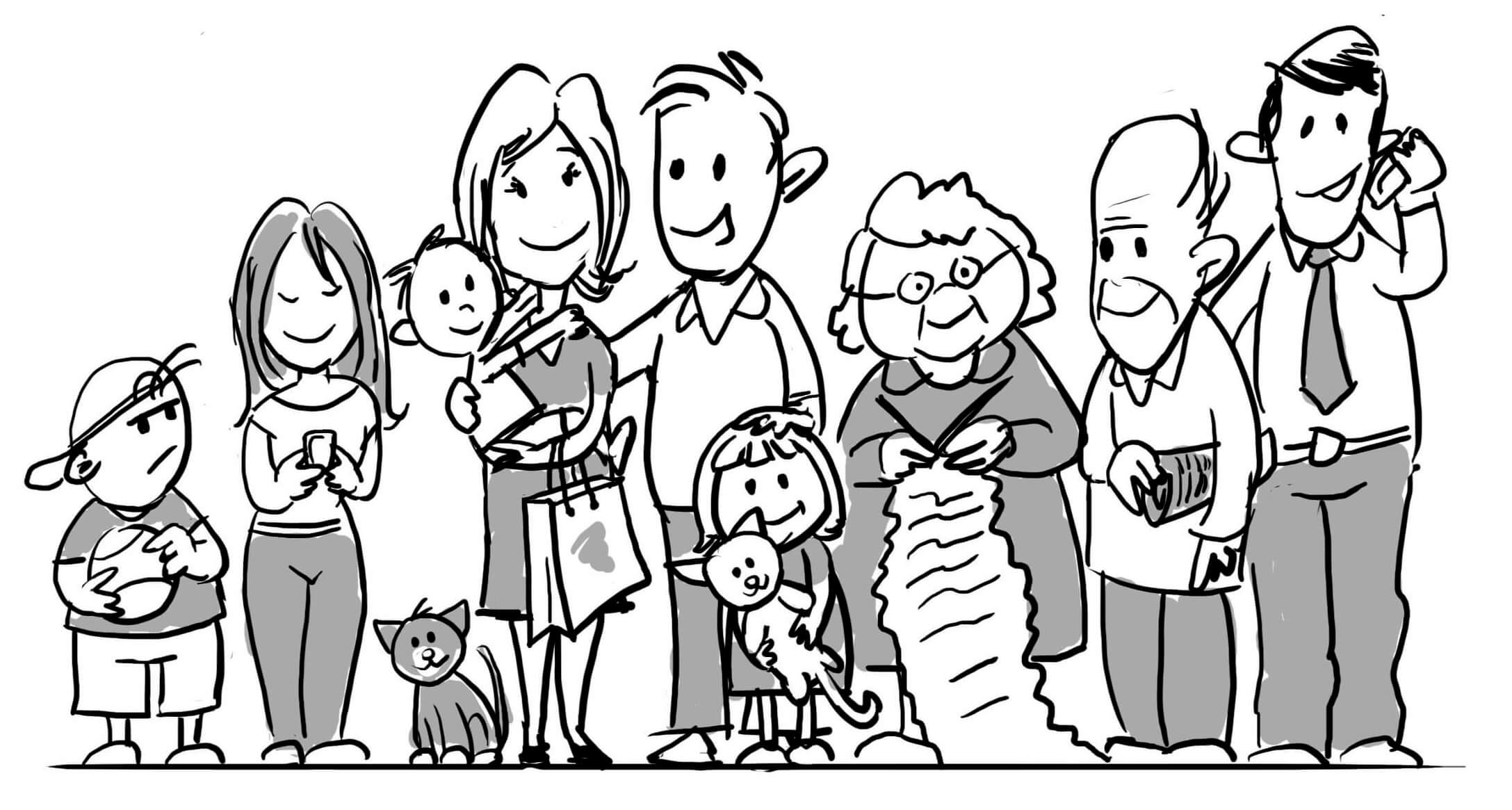Why would you want to quickly adopt a customer first strategy?
Well, every few days there seems to be another customer service disaster that fills the newspapers and goes viral on social media. Amongst the most notable recent examples include United’s Flight 3411 incident disembarking passengers by force and Walmart refusing to match their online prices in-store. These types of incidents almost only ever happen when an organisation doesn’t adopt a customer first strategy, so the solution is relatively easy.
Every single organisation, big or small, recognises the importance of their customers today. They talk about customer centricity but very few actually go beyond voicing their opinions. Perhaps yours is one of these? Do you know why this is? What’s stopping you from taking the necessary actions?
A customer first strategy is not that difficult to implement. Just think customer first in everything you do! So how come most businesses get it spectacularly wrong?
I think one reason, and probably the most common, is because they don’t see an immediate return on their investment. You see, it costs money to make changes in internal processes and procedures.
Another possible reason is because some organisations have hesitated to start for so long, they now feel that they have been left so far behind that they don’t know where to start. What do you think?
The good news is that if you’re in one of these situations, then help is at hand. Read on because this article shares some of the most useful tips I’ve seen on the topic of adopting a customer first strategy.
REASONS TO ADOPT A CUSTOMER FIRST STRATEGY
There has been enough research done to prove that the return on a customer-first strategy is significant. Here are just a few of the most noteworthy numbers I found during my research online; if you are still not sure it’s worth it, then this data will no doubt convince you.
- 86% of buyers will pay more for a better customer experience. But only 1% of customers feel that vendors consistently meet their expectations. (Source: CEI Survey)
- 74% of consumers have spent more due to good customer service (Source: Entechus.com)
- 89% of consumers have stopped doing business with a company after experiencing poor customer service. (Source: RightNow Customer Experience Impact Report)
- 49% of consumers have left a brand in the past year due to poor customer experience. (Source: Emplifi)
- Companies earning $1 billion+ can expect to earn an additional $700 million within 3 years of investing in CEX. (Temkin Group now Qualtrics)
- A 10% increase in customer retention levels result in a 30% increase in the value of the company. (Source: Bain & Co)
Those are numbers that would make any CEO sit up and take notice! But will it make them act? What’s holding yours back from investing in your customers rather than (just) in developing and marketing the products and services you offer?
I believe that those numbers can no longer be ignored. It’s time every … Click to continue reading



 TELECOMS now make as much money from selling (geo-localisation) data than they ever did from selling phones and lines.
TELECOMS now make as much money from selling (geo-localisation) data than they ever did from selling phones and lines.




 Every time someone came to my room, they introduced themselves and explained why they were there. Over the course of the days I spent at the hospital and then the clinic, I saw many different doctors, nurses. cleaners, waiters etc. I appreciated that they themselves always started by introducing themselves and stating what their responsibility was in caring for me.
Every time someone came to my room, they introduced themselves and explained why they were there. Over the course of the days I spent at the hospital and then the clinic, I saw many different doctors, nurses. cleaners, waiters etc. I appreciated that they themselves always started by introducing themselves and stating what their responsibility was in caring for me.